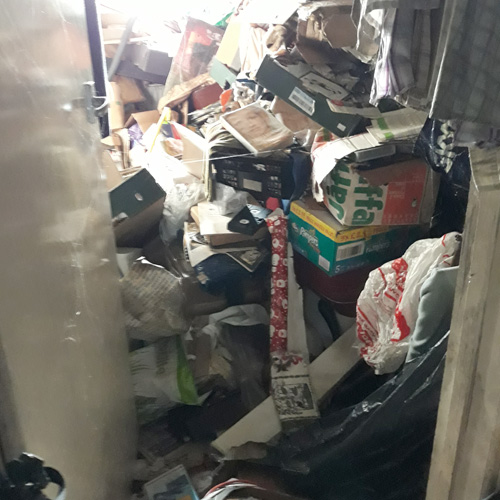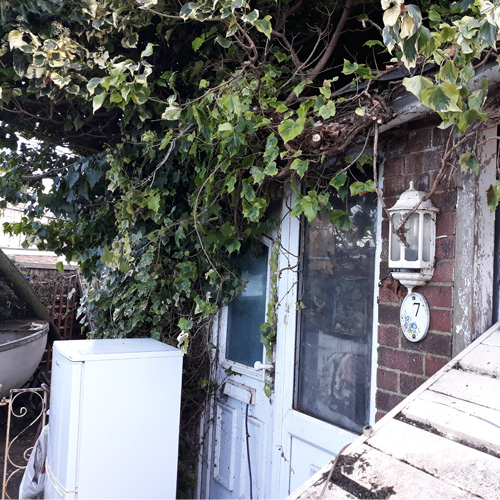Looking for a new role in environmental health?
Whether you're just starting out or ready for your next step, EHN Jobs connects you with the latest opportunities in environmental health across the UK.
 As part of our campaign to mark 150 years of the Public Health Act, CIEH are shining a light on how environmental health professionals today continue to use the Act to protect and promote the health, safety and wellbeing of our local communities.
As part of our campaign to mark 150 years of the Public Health Act, CIEH are shining a light on how environmental health professionals today continue to use the Act to protect and promote the health, safety and wellbeing of our local communities.
Hear from San Nyunt, MCIEH CEnvH at Swale Borough Council on how partnership working was used to address a particular case.
Swale Borough Council identified a property posing serious public health risks due to excessive hoarding, fire damage, and rodent infestation. The conditions affected not only the occupant but also neighbouring residents, who reported damp and vermin ingress.
Repeated efforts to engage the occupant voluntarily failed. Enforcement was triggered through a Community Protection Notice (CPN) to clear the overgrown garden and accumulations of waste harbouring rodents. This was followed by Criminal Behaviour Order (CBO) served to prevent the recurrence. This case clearly illustrates how unmaintained, hazardous housing conditions can have complex and far-reaching implications for public health, requiring robust statutory intervention.
To address the internal hazards, the Council served a Section 83 Notice under the Public Health Act 1936, mandating the removal of filth, verminous items, and refuse prejudicial to health. In parallel, the community protection notice was served to address the external threats posed by the unmanaged garden.
A collaborative, multi-agency response was initiated. Swale Borough Council's Housing Team worked closely with the Environmental Response Team, the Staying Put Team, a local contractor, and Kent Fire and Rescue Service. Access was secured through legal powers where voluntary cooperation was withheld.
Essential remedial works were undertaken, including the removal of fire-damaged appliances, pest treatment, and the installation of safe electrical devices. The occupant, who was initially resistant, was supported through safeguarding mechanisms to ensure their continued engagement with the process. This integrated approach ensured that statutory duties were fulfilled while also upholding the dignity and welfare of a vulnerable individual.
Rodent infestation and fire hazards were resolved, and conditions for the occupant and neighbours improved significantly. External clearance reduced environmental risks. Initial works were funded under a hospital prevention grant, avoiding charges to the occupant. Costs for enforcement action would be charged to the property only in default.
Post-enforcement, the Housing Team and ER Team maintain regular monitoring of the property to ensure ongoing compliance. Enforced sale is currently considered as the occupant moved out, leaving the property empty with an associated overgrown garden. The collaborative structure built during this case provides a framework for future interventions of a similar nature.
This case underscores the importance of persistent and coordinated enforcement in hoarding-related cases. It demonstrates the enduring efficacy of the Public Health Acts of 1875 and 1936, alongside the CPN and CBO, in addressing both internal and environmental health hazards.
The role of partnership working - particularly with safeguarding, environmental enforcement, and local fire services - proved critical to success. Sustained communication and legal clarity helped manage occupant resistance. Grant funding, where appropriate, can facilitate urgent works and reduce resistance from vulnerable tenants. In addition, regulatory intervention alone can address the symptoms temporarily, so multiagency working to address the root causes is a key to a long-term solution.





Looking for a new role in environmental health?
Whether you're just starting out or ready for your next step, EHN Jobs connects you with the latest opportunities in environmental health across the UK.